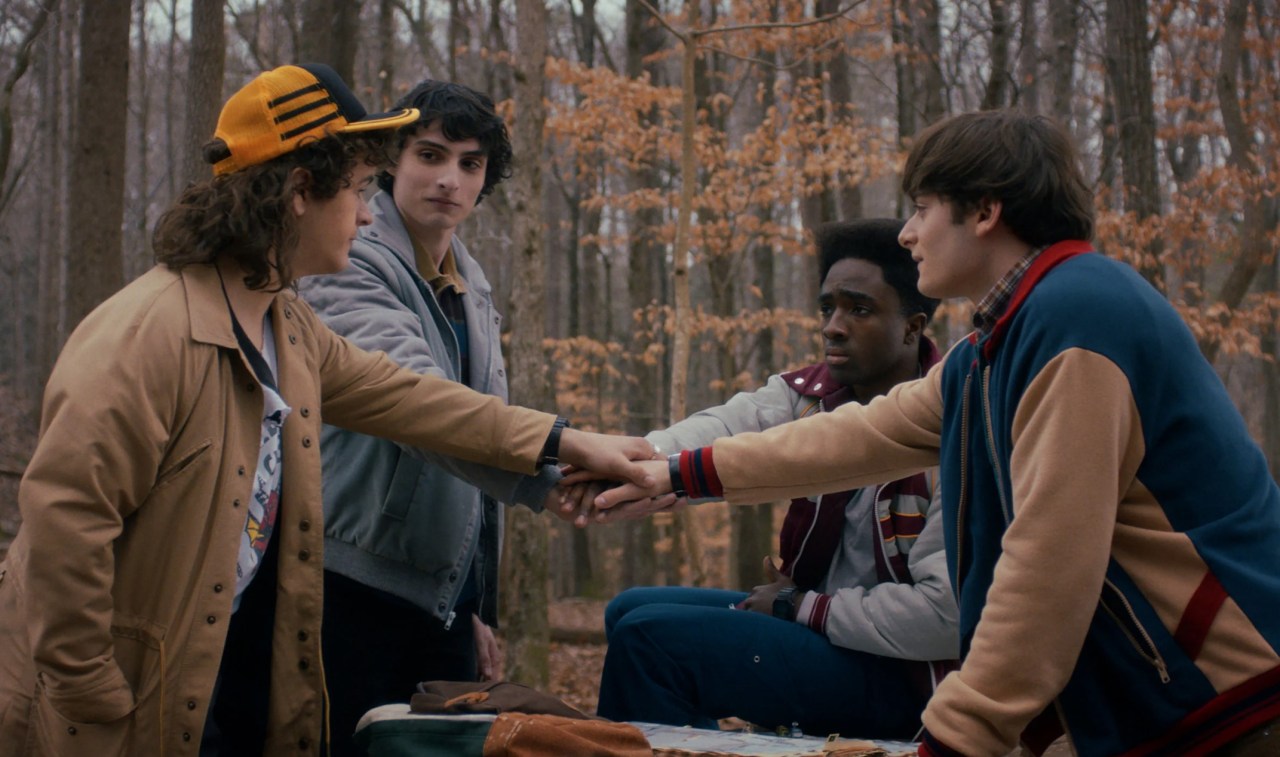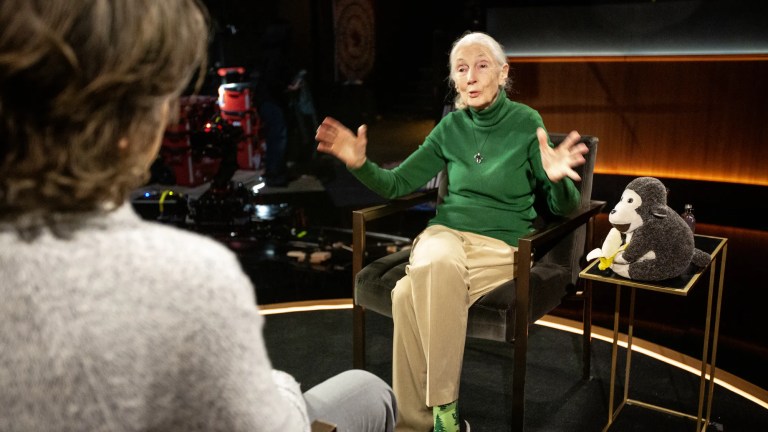
Netflix Dividing Shows Into Parts Is The Dumbest Idea Ever
Remember the original appeal of Netflix?
That’s right – the one place where you can binge-watch an entire show without haste. Unlike cable or network television, which follow weekly release schedules, Netflix provided instant gratification. New season of Stranger Things? Here’s all the episodes! What about The Crown? Sure, take it all.
In recent times, this model changed. Now, Netflix doesn’t drop entire seasons, but parts of them. Cobra Kai‘s final season was divided into three parts, while the same is about to happen to Stranger Things Season 5. Heck, even Wednesday Season 2 is set to be divided into two parts. And you know what? This approach absolutely sucks!
The time between new seasons is already getting longer
Stranger Things Season 4 – also split into two parts, ironically enough – aired in 2022. Let that sink it. It’ll be over three years by the time the final season arrives. Sure, there were strikes that impacted production timelines, but three years between seasons is a long time to wait for a show. (Funnily enough, it was also three years between the third and fourth seasons of Stranger Things.) It isn’t only Stranger Things, though, since Wednesday Season 1 also debuted in 2022, and the latest instalment follows nearly three years later.
It’s becoming a problem, further compounded by the fact that Netflix then drops these seasons in parts. The streaming service claims that there is a valid explanation for all of this. “Some of those have been for reasons, because it was during Covid and strikes to get the shows on so audiences don’t have to wait for a long time,” Netflix Chief Content Officer Bela Bajaria said during Next On Netflix (via Deadline). “A lot of times it’s been creator-driven. Peter Morgan on The Crown, Shonda Rhimes on Bridgerton, there was a way that they wanted to structure or write it because they felt it was an actual, natural emotional break. So there’s no set way, it depends on what’s best for the show.”
Whichever way you fold it, it’s clear that the time between seasons is getting longer, and when they arrive, they’re now being packaged into parts. This goes against the principle of why Netflix and streaming services were so appealing to begin with. In a humorous twist of fate, they’re now becoming more like cable.
Netflix innovated the binge model then broke it
Why did cable die? Well, you needed to sell a body organ a month to pay for it. Coupled with that, you still had to sit through a diabolical number of ads. (Fun fact: in South Africa, one of the cable providers continuously advertises its own service while you watch it. So, you’re paying for it to show you ads of itself. Logic, people, logic.) Then, it was the wait between episodes. You would need to sit in front of the television screen at the same time, every week, to catch the latest episode – or have a DVR.
Then, Netflix arrived and changed viewing habits. Typically, on a Friday, a series would drop in its entirety. Boom! Weekend plans sorted. You had all the episodes at your disposal, and it would be a race to complete the show before Monday morning’s water cooler conversation about it at work.
Well, times are changing again – not for the better. The binging model? It’s quickly going out of fashion. In fact, most streaming services aren’t doing it anymore. Maybe they’ll drop three episodes on the first day, then revert to a one-a-week situation. While Netflix hasn’t fully gone that route, it’s quickly approaching it. Back to the Stranger Things Season 5 example – it’s only eight episodes, but it’ll be divided into three parts of four, three, and one. If it sounds stupid, it’s because it is. You could accept a season getting split in half if it was 20 episodes, but an eight-episode season? What’s next? Are we going to start cutting a movie’s acts into three parts and release it over a three-week period to score more viewing time?
Why shows are really divided into parts now
So, what could be the logical reason for the delays between seasons and the decision to split them into parts? It’s a twofold answer.
One: the pace in which Netflix was producing content – well, good content at least – was unsustainable in the long run. Every week, there was a hit show to watch and talk about – the reality is that this couldn’t go on forever. At some point, it becomes too expensive to produce high-quality content at such close intervals.
Two: well, this is closely tied to the first point. The cost of streaming services has escalated to ridiculous heights. Heck, they even ask us to pay more if we don’t want advertising now, which was never an issue to begin with! At the same time, the economy tries to murder us on a daily basis, so people are cutting back where they can – including streaming services. What’s the quickest way to ensure people don’t hit the cancel button? Oh, release their favorite shows in batches – not all at once – which forces them to stay locked in for months, rather than cancel after watching everything in one sitting. In a sense, Netflix is holding your subscription hostage, since it knows you want to watch the show.
Is this ever going to change? Possibly. However, Netflix dividing shows into parts is here to stay in the meantime. Of course, the power still lies in the hands of the audience. The question is, are we strong enough to stand up and say no to this deliberate platform decay or is that final season of Stranger Things too alluring?











